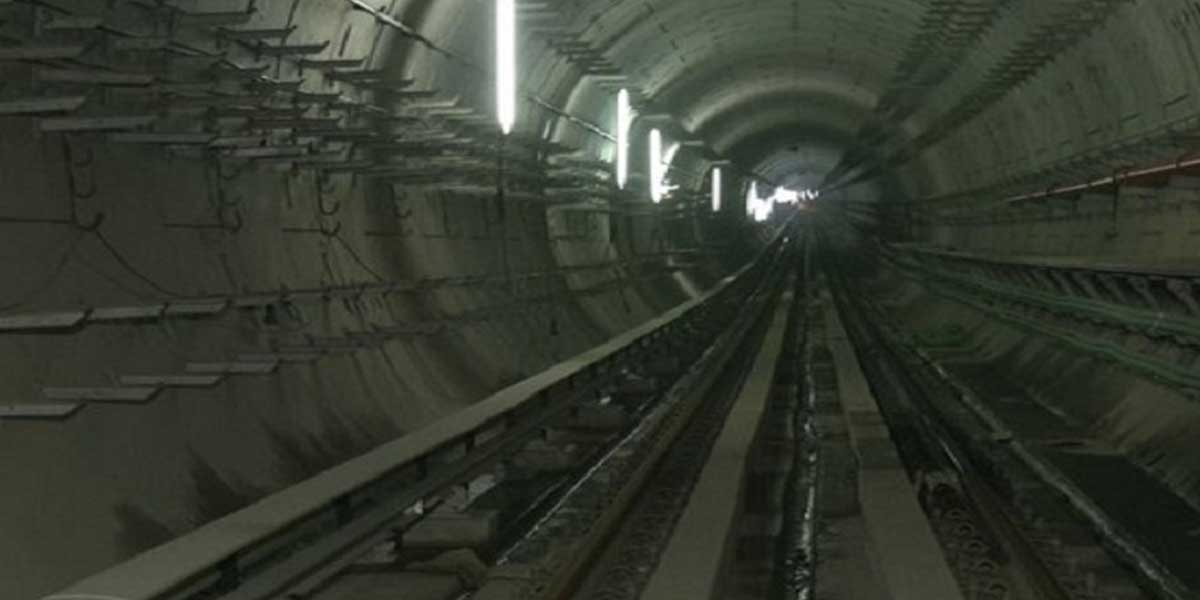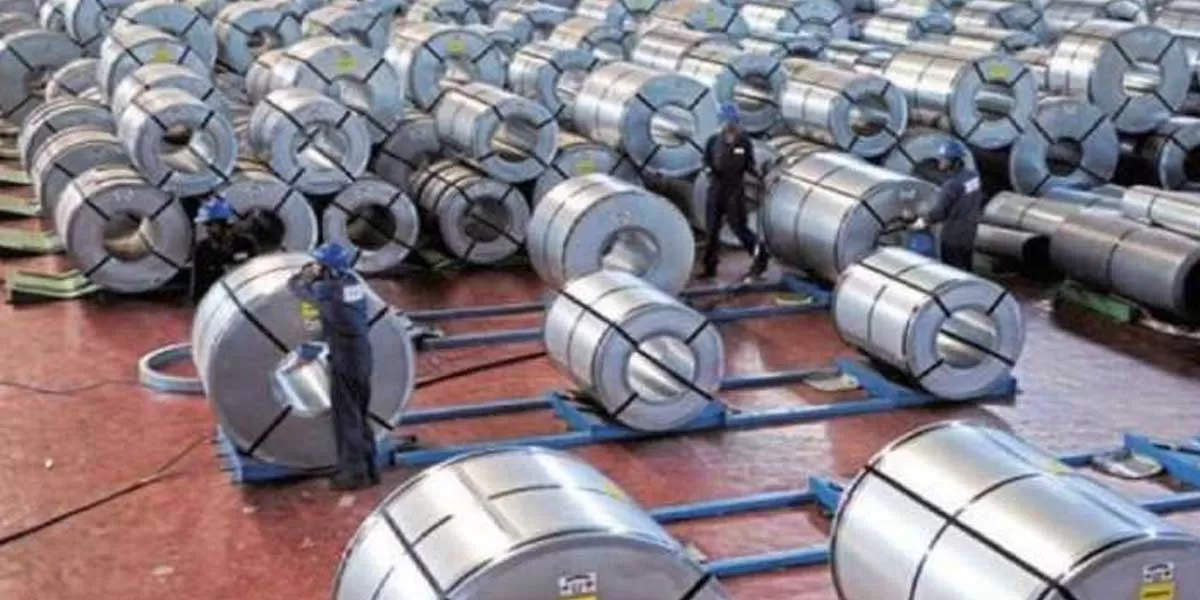


Budget Proposal Aims to Boost Investments
The recent budget proposal has introduced measures designed to promote investments and generate job opportunities across various industries, as reported by the Economic Times. This initiative seeks to stimulate economic activity and strengthen the country's growth trajectory by encouraging both domestic and foreign investments. Key aspects of the proposal include targeted incentives for sectors poised for expansion, such as renewable energy, infrastructure, and technology. The government aims to create a more favorable investment climate by offering tax benefits, subsidies, and streamlined reg..

DGTR Proposes Anti-Dumping Duty on Aluminium
The Directorate General of Trade Remedies (DGTR) has proposed imposing an anti-dumping duty of up to Rs.577 per tonne on aluminium frames imported from China, as reported by the Economic Times. This move aims to address concerns about unfair trade practices and protect the domestic aluminium industry from the adverse effects of low-cost imports. The proposed anti-dumping duty comes in response to allegations that Chinese aluminium frames are being sold in the Indian market at prices below fair market value. Such practices are deemed harmful to domestic manufacturers, potentially leading to ma..

Indian Financial System Resilient Amidst Challenges
The Reserve Bank of India (RBI) Deputy Governor M. Rajeshwar Rao has emphasized the robust nature of the Indian financial system despite global economic headwinds, according to Economic Times. Rao?s comments reflect confidence in the stability and resilience of India's financial sector amidst a backdrop of international economic uncertainties and financial volatility. Rao highlighted that India?s financial system is well-equipped to handle external shocks due to its solid regulatory framework and prudent risk management practices. The country?s banking sector has demonstrated resilience throug..














